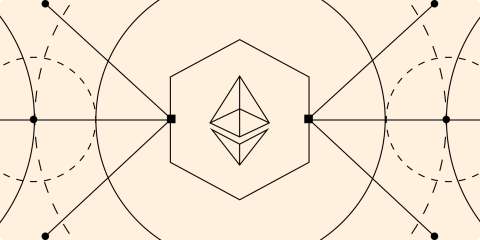Podcast Summary
In this episode, Lou Crandall, Chief Economist at Rights in ICAP, and Joseph Wang, author at fedguide.com, discuss the dynamics of the Federal Reserve’s reverse repo facility, the impact of money funds on the repo market, and the Federal Reserve’s balance sheet policy. They also delve into the potential need for rate cuts in the coming months.
Key Takeaways
Decline in the Fed’s Reverse Repo Facility
- Factors Driving the Decline: The decrease in the reverse repo facility was not solely due to the decline in the Fed’s balance sheet and the increase in the supply of treasury bills. The growth in money fund investments in the private repo market also played a significant role.
- Impact on Reserve Balances: As cash spills out of the reverse repo facility and back into the banking system, reserve balances have risen to around $3.5 to $3.6 trillion, which is higher than the target level.
Role of Money Funds in the Repo Market
- Diversification of Investment Capacity: Money funds have diversified their investment capacity to provide repo funding to a broader range of customers, leading to the decline in the reverse repo facility.
- Increased Private Demand: The increase in private demand for private sector financing in the repo market is driven by factors such as the basis trade and the liquidity preference of real money investors for Treasury Futures.
Future of the Federal Reserve’s Balance Sheet Policy
- Quantitative Tightening (QT): The Federal Reserve’s balance sheet policy, particularly QT, is still being discussed, with different views on when to start tapering. The Federal Reserve may build backup facilities, like the discount window, to make the banking system more elastic and allow QT to run longer.
- Interest Rate Policy: The Fed’s balance sheet policy and interest rate policy are viewed as separate and motivated by different factors. The Banki doctrine, which suggests balance sheet policy and interest rate policy should move in the same direction, is not currently at play.
Upcoming Interest Rate Cutting Cycle
- Rate Cut Expectations: Despite the scaling back of rate cut expectations at the beginning of the year, an interest rate cutting cycle is expected to occur.
- Neutral Rate: The FOMC’s estimates of the neutral rate have slightly increased over the past year, but most still believe it to be around 0.5%.
Impact of Fiscal Policies
- Government Shutdown: The potential government shutdown is discussed, with uncertainty surrounding how it will play out. Shutdowns are generally not highly disruptive at the macroeconomic level, but they can impact confidence and productivity growth.
- Fiscal Deficit: The discussion concludes with the impact of a structurally large fiscal deficit on the macroeconomy, highlighting the importance of deficit spending and its impact on nominal GDP.
Sentiment Analysis
- Bullish: The podcast presents a bullish sentiment towards the economy, with the Fed’s view that the economy will remain strong due to demographic factors and fiscal policies. There are concerns about insufficient labor rather than insufficient demand.
- Bearish: There is a bearish sentiment towards the reverse repo facility, with the expectation that it may reach an effective lower bound somewhere in the zero to 50 billion range. The decline in the facility is seen as a result of the diversification of money funds’ investment capacity and the increase in private demand for private sector financing in the repo market.
- Neutral: The sentiment towards the Federal Reserve’s balance sheet policy and the upcoming interest rate cutting cycle is neutral. While there are discussions about QT tapering and rate cuts, there is no urgency felt by the FOMC to address these issues. The interest rate debate is open-ended, with no indication of an immediate policy move, but the Fed remains nimble and ready to act quickly if needed.












